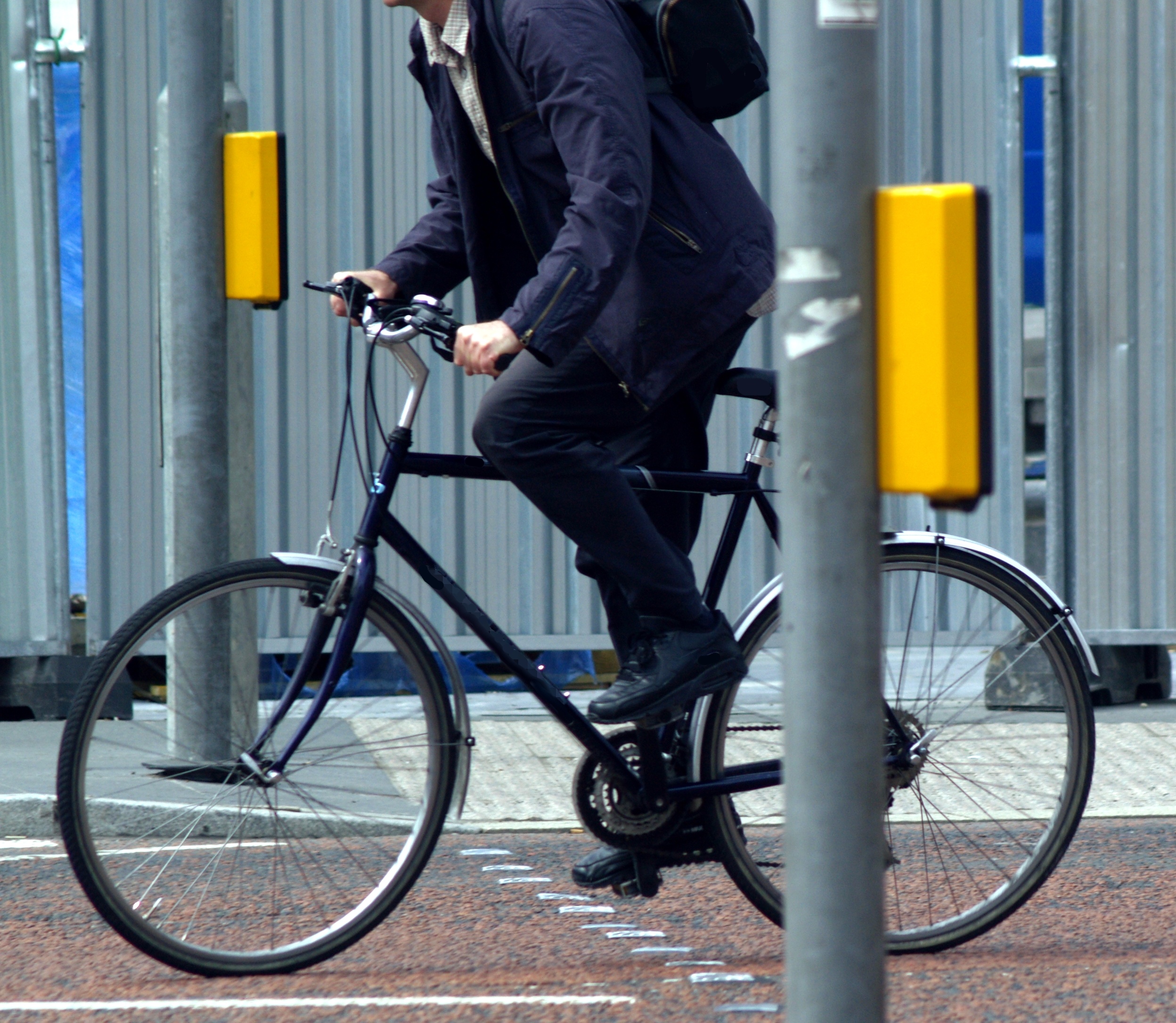
A recent analysis of data from the 2011 census has shown that despite a surge in cycling to work in major cities, the proportion of workers cycling to work in England and Wales has remained unchanged over a decade. The study, conducted by the Office for National Statistics (ONS), found that 741,000 working people aged 16-74 cycled to work in 2011.Although this was a rise of 90,000 from 2001, an associated rise in the working population meant the proportion of cycle commuters was unchanged at 2.8%. It has been suggested that these findings seem to support the argument that while more people cycle for sport or pleasure, commuting by bike has failed to get into gear, largely due to poor road infrastructure.
There were, however, large geographical differences in cycling to work rates, even within cities. The number of people cycling to work in London more than doubled from 77,000 to 155,000. This was due to a 144% increase in cycling to work among residents of Inner London coupled with a 45% increase among residents of Outer London. There were also substantial increases of more than 80% in other cities including Brighton, Bristol, Manchester, Newcastle and Sheffield, and an increase of 65% in Cardiff. The huge increase in London is likely to be partly down to initiatives such as ‘Boris Bikes’, the city’s cycle hire scheme, and investment in infrastructure such as the ‘cycle superhighways’.
A poll conducted by Com Res for BBC London in December 2013 would also appear to highlight the importance of effective cycling infrastructure. It found that one fifth of regular cycle commuters had stopped cycling to work as a result of the spate of deaths between 5 November and 18 November, when six cyclists were killed on London’s roads. A fifth of the survey respondents had also been involved in a collision, and 68% believed that London’s roads were not safe to cycle on. Moreover, the most popular safety proposal was the creation of cycle only routes, supported by 87% of those asked overall.
Despite the increases in cycling to work rates in the above cities, in more than half of local authorities the popularity of cycling to work declined, with fewer people doing so in 2011 than 2001 in 202 of 348 council areas. The analysis highlights the areas with the most and least cycling:
- The highest rate of cycling to work was found in Cambridge where 29% of working residents cycled in 2011. The next highest rate was in Oxford (17%) followed by Isles of Scilly and Hackney at 14%.
- There are 31 local authorities where over 5% of working residents cycled to work, with the proportion greater than 10% in six of these authorities.
- There were 29 local authorities where 1% or less of working residents cycled to work. The four local authorities with the lowest rates were all in Wales. Residents of Merthyr Tydfil were least likely to cycle to work with just 0.3% of working residents doing so, down from 0.6% in 2001.
The study suggests that topography and climate may partly explain the low rates of cycling in some of these areas. The age of the employees, the distances they commuted, their industry of employment as well as other factors such as safety concerns may also have contributed to the low rates in these areas.
Overall, people were most likely to cycle to work if they lived in urban areas, and men were more likely to cycle to work than women (3.9% of male workers compared with 1.6% of female workers). In terms of age, cycling was most common among those aged 30 to 34 with 3.5% of workers in this age group cycling to work, and up to 60 years of age the rate of cycling to work was above 2% for all age groups. Type of occupation was also found to be a factor, with cycling most common among those working in elementary and professional occupations and least common amongst managers, directors and senior officials.
It would certainly appear that more needs to be done if the UK hopes to become a cycling nation like its Northern European neighbours, such as the Netherlands and Denmark, which were ranked joint first in European Cyclists’ Federation Cycling Barometer in 2013.
Share
Related Posts
With information now so accessible, it’s easy to assume that whenever you have a question you can simply tap it into a search engine. But, while the internet and digital search tools are undoubtedly useful for checking basic facts, when ....
By Donna Gardiner While free school meals (FSM) have been available in England on a means-tested basis since 1944, recent years have seen a renewed focus upon the potential benefits of providing free school meals to all school-aged children. Currently, ....
By Ian Babelon A new-old concept for proximity “Are we there yet?” Parents may patiently nod to their children’s insistent nudges on a 20-minute journey to… somewhere. Quite rightly, researchers have asked: twenty minutes to what? The answer may well ....
Today sees the start of Community Garden Week 2023. Across the UK, communities will be celebrating the many and varied types of community gardens, from children’s and neighbourhood gardens to therapy gardens and allotments. The benefits of community gardens are ....
